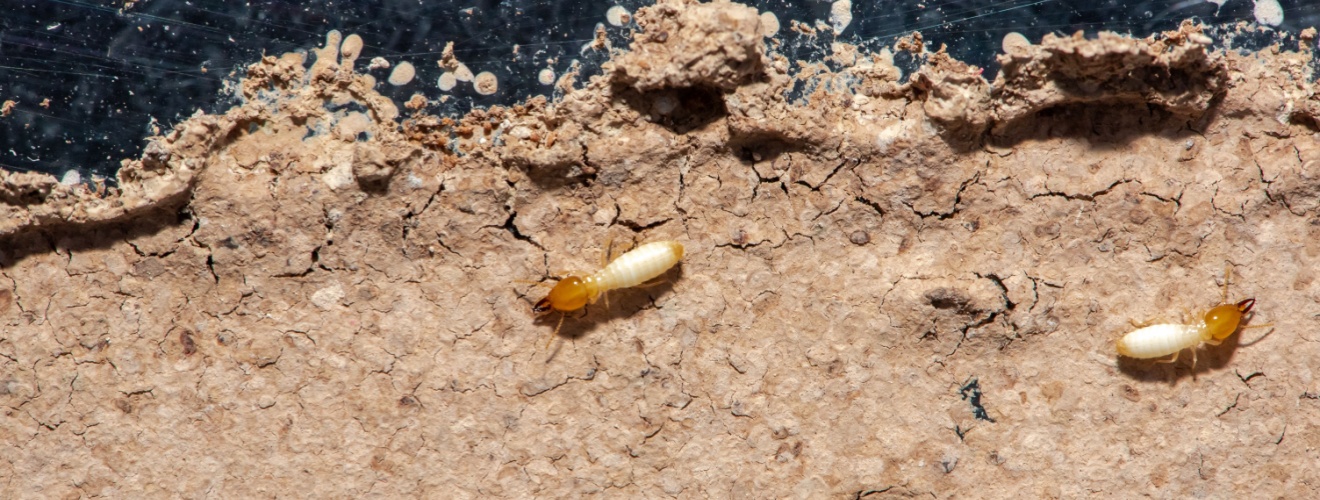When termites invade, homeowners often feel caught between urgency and concern—especially when children and pets are part of the household. While fumigation is one of the most effective methods for eliminating termites, many families understandably ask: Is termite fumigation safe for kids and pets?
Before diving into the process, it’s worth understanding how termite infestations can quietly compromise your home’s structure. Early signs often go unnoticed, which is why scheduling a professional inspection can be a smart first step. Even subtle indicators—like hollow-sounding wood or discarded wings—can signal a deeper issue that requires immediate attention.
Understanding Termite Fumigation Safety
Termite fumigation involves sealing your home and introducing a gas (typically sulfuryl fluoride) that penetrates wood and other materials to eliminate termites. It’s a powerful solution—but it’s not something you can remain home for. The process requires complete evacuation, including all people, pets, and even houseplants.
So, is fumigation safe for families? Yes—when done correctly by licensed professionals following strict safety protocols. The gas used dissipates quickly and leaves no residue, but reentry is only permitted after thorough aeration and clearance testing. That’s why working with a trusted provider who understands local regulations and best practices is essential.
How to Prepare Your Home for Fumigation
Preparation is key to ensuring safety and effectiveness. Here’s what homeowners should do before the treatment begins:
- Remove or double-bag food and medications using Nylofume bags provided by your pest control company. This includes anything ingestible—spices, snacks, pet food, vitamins, and prescription drugs—to prevent contamination from fumigation gases.
- Arrange temporary housing for pets, including aquariums and terrariums. All animals—whether furry, feathered, or scaled—must be relocated for the entire duration of the treatment. Be sure to plan ahead for boarding or safe accommodations.
- Vacate the home entirely, including children, caregivers, and anyone with health sensitivities. No one should remain inside during fumigation, and reentry is only allowed after certified clearance is issued.
- Relocate houseplants to a safe area outside the home. Fumigation gases can damage or kill indoor plants, so it’s best to move them to a shaded outdoor spot or a neighbor’s home temporarily.
- Secure the property before treatment begins. Licensed fumigation crews will place warning signs, seal entry points, and lock the premises to prevent accidental access during the process.
Your pest control provider will give you a detailed checklist tailored to your home’s needs. Following these steps not only protects your family but also ensures the fumigation process goes smoothly and efficiently.
What to Do With Pets During Fumigation
Pets are especially vulnerable to fumigation gases. Whether you have dogs, cats, birds, or exotic animals, they must be removed from the property for the entire duration of the treatment. Consider boarding facilities, staying with family, or pet-friendly hotels. For fish tanks, remove the fish and store the tank in a safe location outside the home. Don’t forget to plan ahead—some pets may need special accommodations depending on their species and sensitivity.
If your pet has specific health conditions—such as respiratory issues, anxiety, or sensitivity to environmental changes—it’s wise to consult your veterinarian before fumigation begins. Some animals may require extra precautions or calming aids during relocation. Additionally, make sure to pack familiar items like bedding, toys, or feeding bowls to help ease the transition and reduce stress while they’re away from home. The goal is to maintain a sense of comfort and routine, even in a temporary setting.
If you’re unsure how to handle your pet’s needs during fumigation, consult your pest control technician. They can offer guidance based on the treatment timeline and your pet’s specific requirements.
How Long After Fumigation Is It Safe to Return Home?
Most fumigation treatments require 2–3 days of vacancy. After the gas is released, your home will be ventilated and tested to ensure the air is safe. Only when certified clearance is issued can you return. This timeline may vary slightly depending on the size of your home and the severity of the infestation.
It’s important not to rush this process. Clearance testing is performed using sensitive equipment that detects even trace amounts of gas. Once your home passes inspection, you’ll receive official documentation confirming it’s safe to reenter.
Alternatives to Termite Fumigation in California
While fumigation is highly effective, it’s not the only option. In some cases, localized treatments may be appropriate—especially for smaller infestations or homes where full fumigation isn’t feasible. These methods include:
- Heat treatments
- Orange oil applications
- Borate injections
- Microwave spot treatments
- Electro-gun technology
- Foam termiticides
- Baiting systems
Each method has its pros and cons, and not all are suitable for every home. A licensed termite specialist can help determine the best approach for your situation. For families with young children or sensitive pets, these alternatives may offer peace of mind while still addressing the problem effectively.
Choosing Safe Pest Control Options in Southern California
Southern California’s climate makes termite activity a year-round concern, especially in coastal and canyon-adjacent communities. For families with kids and pets, safety is just as important as effectiveness. At Saddleback Termite & Pest Control, we prioritize both—offering pet-safe termite treatment methods and fumigation protocols that meet California’s strict safety standards.
We tailor every treatment to your home’s layout and your family’s needs. Whether it’s full fumigation or a localized alternative, our licensed technicians guide you through the process with clear communication and minimal disruption. We also offer eco-friendly options when appropriate, so you never have to choose between safety and results.
Since 2008, Saddleback has been the trusted termite exterminator in Orange County, known for integrity, professionalism, and personalized care. If you’re ready to protect your home with confidence, contact us today—we’re here to help you make the safest, smartest choice for your family.
